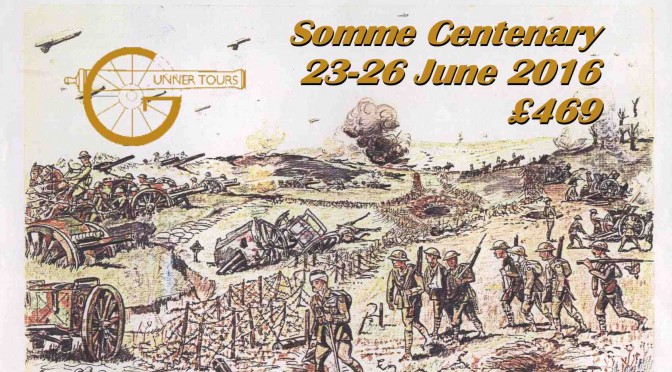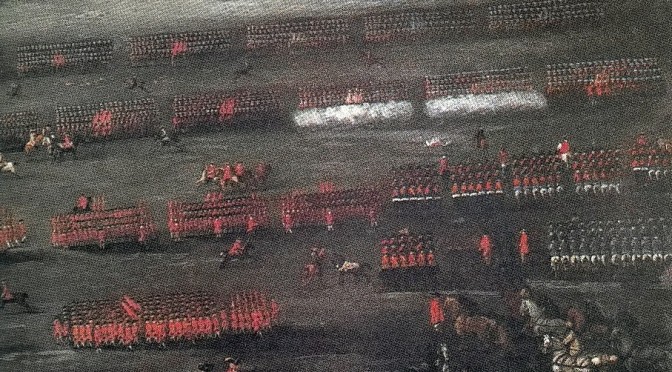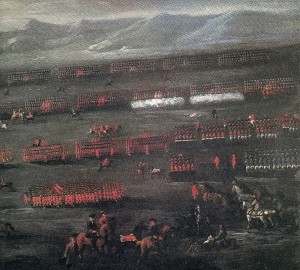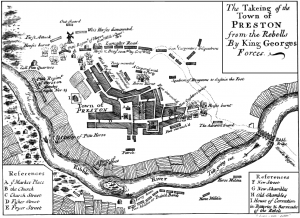The biggest commemorative battlefield event in 2016 will be the Centenary of the Battle of the Somme. Our tour commemorates the start of the battle, which was the opening barrage 24 June. We are also offering a proven Normandy and West Front tour that tells the Gunner side of these
The Somme Centenary, 23-26 June 2015 £469
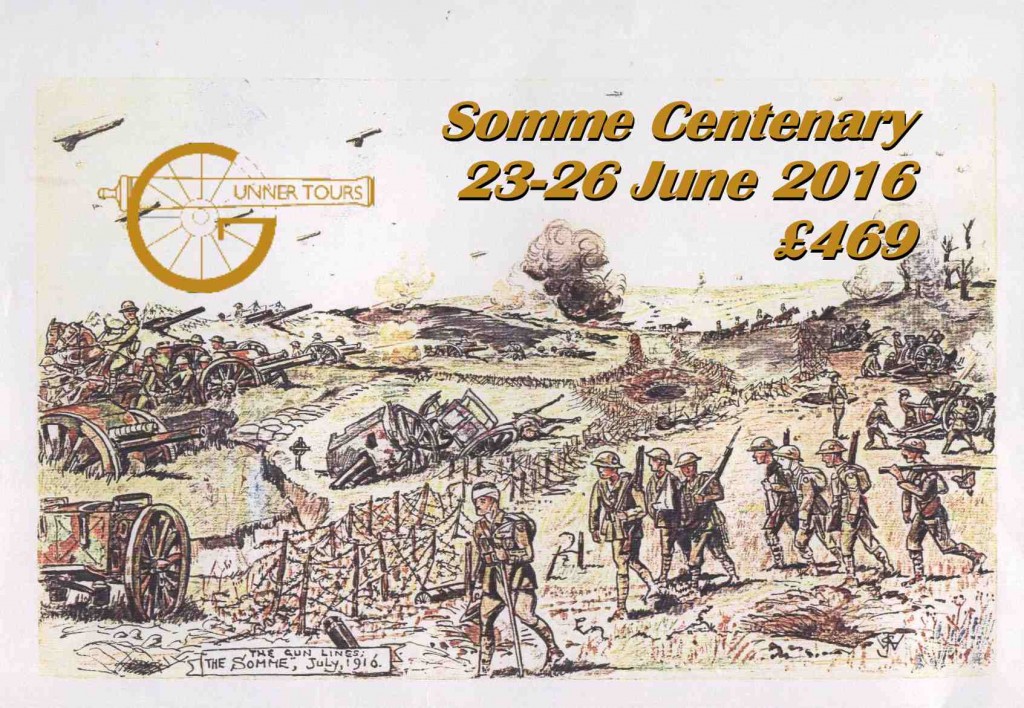 The Battle of the Somme began on 24 June 1916 – known as U Day. It was a dull day, low cloud and heavy rain, following thunderstorms the day before.It is a myth, showing much misunderstanding of a First World War battle, to believe it began with the infantry attack on 1 July.
The Battle of the Somme began on 24 June 1916 – known as U Day. It was a dull day, low cloud and heavy rain, following thunderstorms the day before.It is a myth, showing much misunderstanding of a First World War battle, to believe it began with the infantry attack on 1 July.
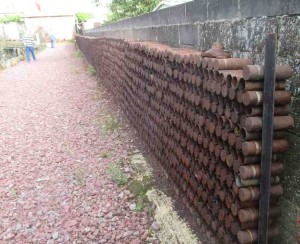
The Battle of the Somme is an iconic event in British memory of the First World War. But the Gunner side of the story tends to be overlooked. The Gunner Tout top the battlefield will visit places ignored by many visitors and tell stories not often told. This is the story of the Royal Artillery in the Somme battles of 1916.
The main public interest in the battle is the staggering losses suffered by the volunteers of Kitchener’s Army on the first day. As one “Two years in the making. Ten minutes in the destroying. That was our history.”- the description of one Pals battalion.
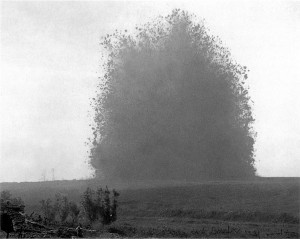
The Gunners don’t come out too well from the short version of the battle of the Somme. The largest ever concentration of British Artillery firing the largest ever barrage was supposed to cut the barbed wire in front of the German trenches, destroy German bunkers, defences and guns and keep the Germans heads down while the infantry advanced. But, over about eight out of thirteen miles of the front line attacked this did not happen, resulting in tragedy. We will show you why, and something of the efforts and sacrifices made by the Gunners to deliver the impossible,.
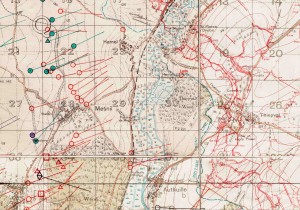
The tour has been based on research inspired by a project started by the late Will Townsend. It is based on research from original documents in the National Archives, Firepower Archives, the Historial de la Grande Guerre Château de Péronne and RUSI. We have brought together anecdotes and stories from a wide range of published and unpublished accounts by and about Gunners. We will have fire plans drawn by the future Field Marshall Lord AlanBrooke.
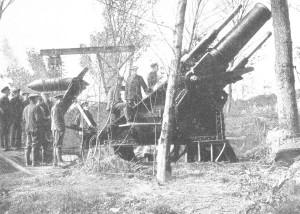
We will look at the French and German artillery too. Few Britons are aware of how closely the British and French artillery worked. Nor is the German experience well known- even thought the most enduring German memory of the Somme was probably how their trenches were stamped into the ground by the British guns.
We are going to travel the week before the national commemoration because that is when the battle started for the Gunners, and we will have a better opportunity to get around the battlefield.
The tour is four days and three nights and for more information follow this link.
D Day Beaches and Landing Sites, 2-5 September 2015 £389
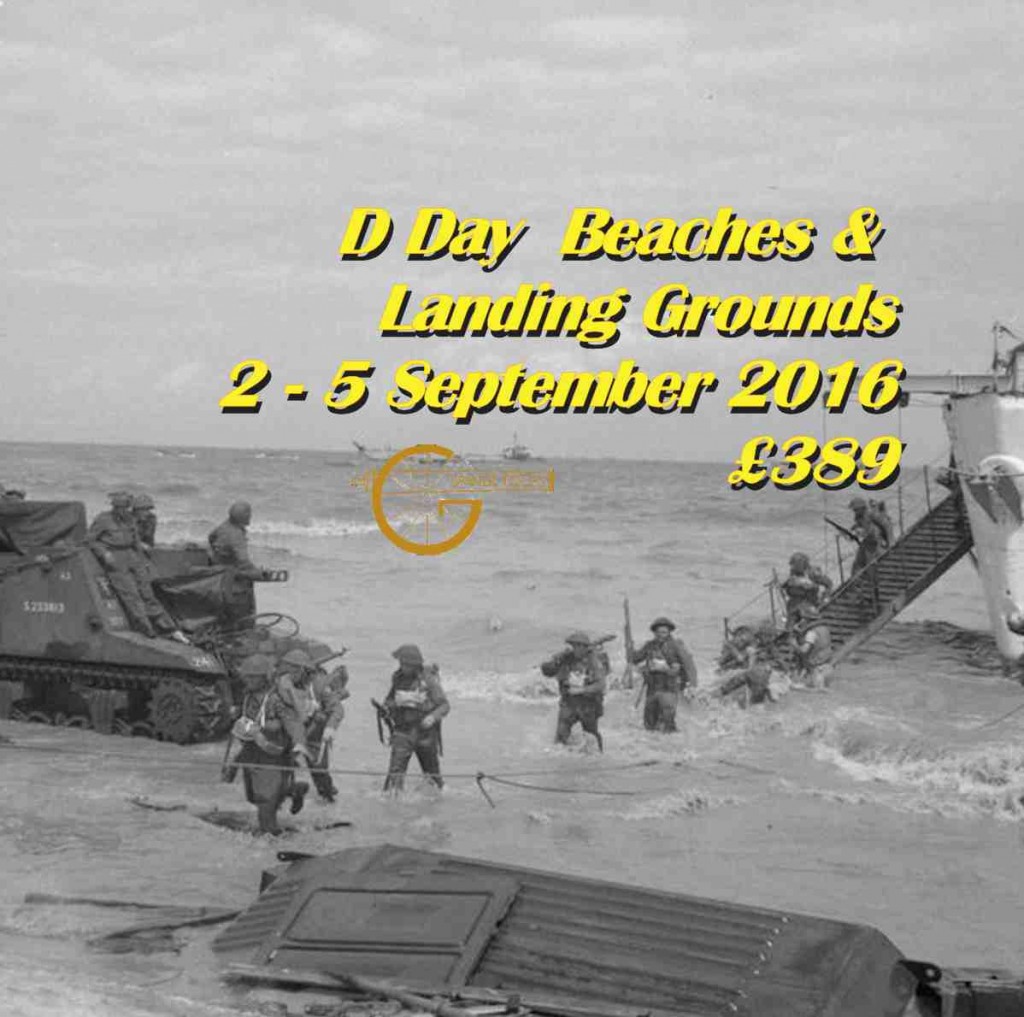
A visit over a long weekend to the D Day beaches and landing sites. There is a gunner story on each beach and landing site. We will see the strength of the German defences and see where and how the Gunners helped to overcome them. We will explore the stories of the Gunners who took part, the planners, commanders and soldiers, heroes, poets and those who fell.
£389 per person sharing single supplement £75
Details Here
BEF Western Front 10-14 November 2016 £469
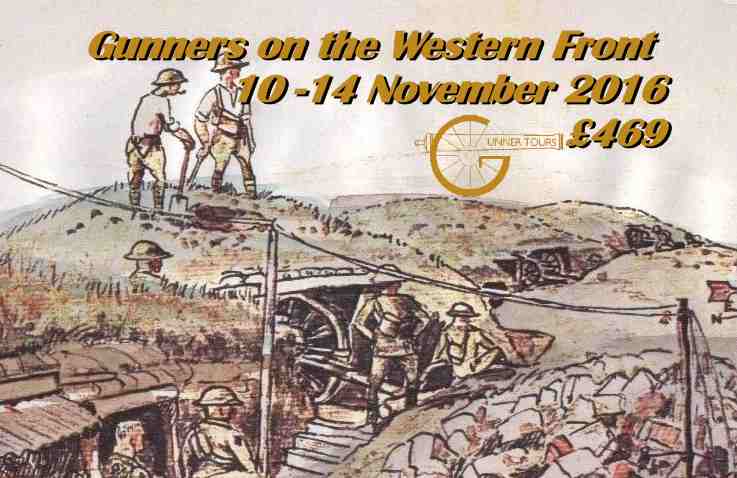 Five days and four nights, covering the sites of the major battles of the British Expeditionary Force from Mons in 1914 to victory in 1918 over Remembrance day 11 November.
Five days and four nights, covering the sites of the major battles of the British Expeditionary Force from Mons in 1914 to victory in 1918 over Remembrance day 11 November.
£469 per person sharing single supplement £110
Details here
